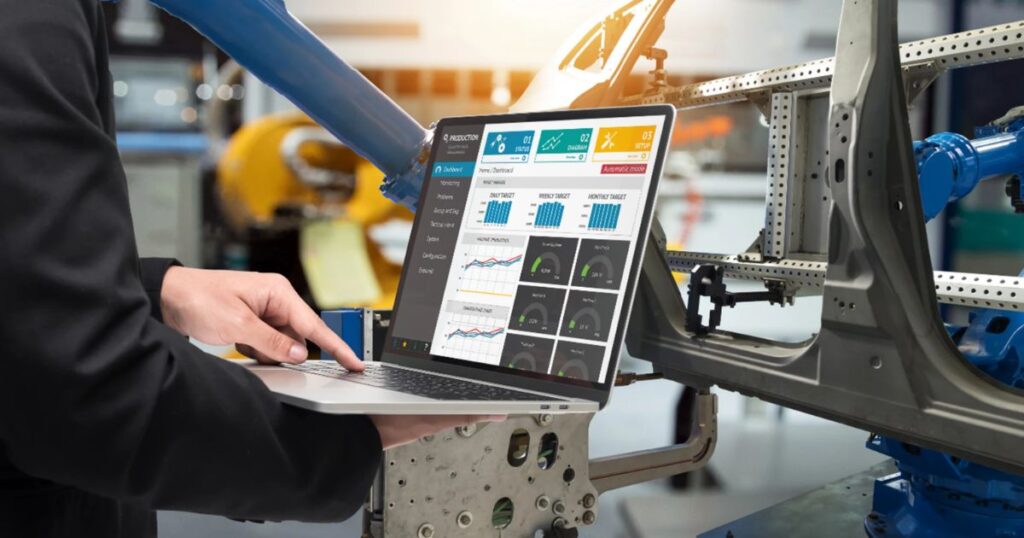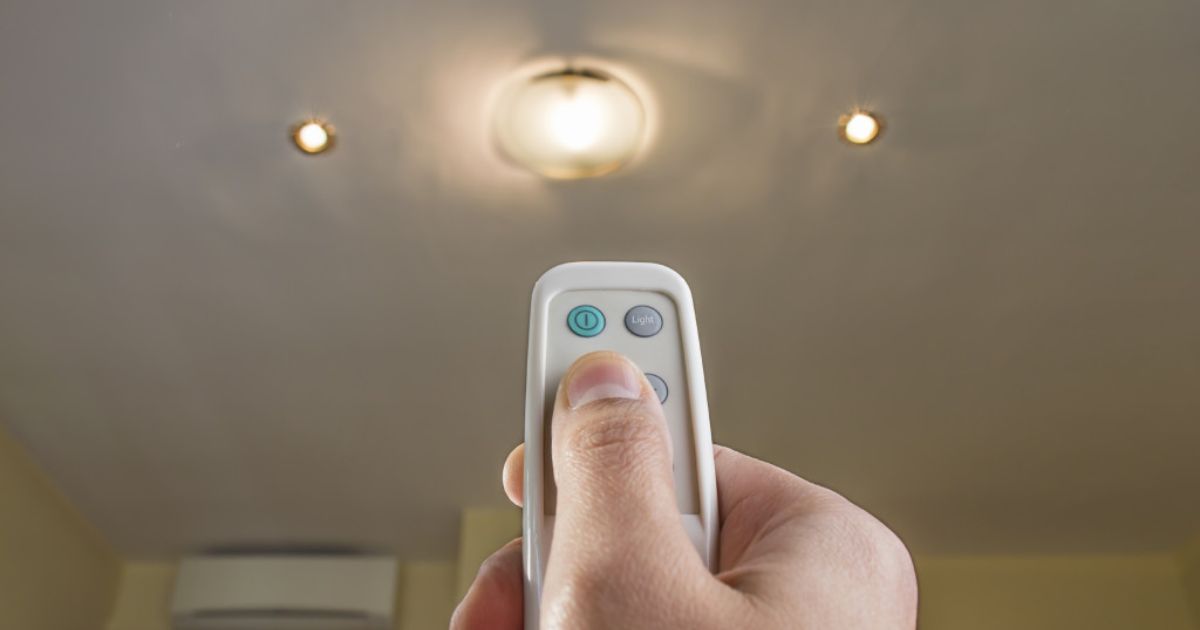An LED light remote is a handheld device designed to control the functionality of LED lighting systems. It wirelessly communicates with the LED lights, allowing users to adjust brightness, change colors, and activate various modes from a distance. The remote typically operates on infrared or radiofrequency signals, providing convenience and flexibility.
With the magic of an LED light remote, take control effortlessly.Here is a question erase “ Why Isn’t My LED Light Remote Working? Illuminate your space with just a touch, bringing convenience and ambiance to your fingertips. Welcome to the hassle-free brilliance of remote-controlled LED lighting.
LED light remotes facilitate convenient control of your lighting system. By simply pressing buttons, you can adjust brightness, color, and modes to suit your preferences. Ensure a clear line of sight between the remote and the LED light for optimal functionality.
Key Takeaways
- Often overlooked, the first step in resolving a non-responsive LED light remote is ensuring the batteries are functional and properly installed. Weak or incorrectly inserted batteries can hinder remote control functionality.
- LED light remotes rely on infrared signals, requiring an unobstructed line of sight between the remote and the receiver on the light fixture. Check for any obstacles blocking this path, as they can disrupt signal transmission.
- Electronic interference from nearby devices, such as Wi-Fi routers or other remote-controlled gadgets, can impact the remote’s performance. Locate and minimize potential sources of interference to improve reliability.
- Some LED light systems have a reset button on both the remote and the fixture. Initiating a reset can resolve communication issues between the two components, potentially restoring remote functionality.
- When all else fails, consult the manufacturer’s troubleshooting guide or customer support. They may provide specific insights or steps tailored to your LED light model, ensuring a more accurate and effective resolution to the remote control issue.
Common Issues with LED Light Remotes
LED light remotes, while convenient, can pose common issues that impede their functionality. The primary culprit often lies in depleted batteries, a quick fix achieved by simple replacements.
It users may encounter connectivity problems, disrupting the seamless communication between the remote and LED lights. Understanding and addressing these issues promptly ensures a hassle-free experience, allowing users to fully enjoy the convenience and efficiency that LED lights bring to their spaces.
Troubleshooting Connection Problems
When faced with troubleshooting connection problems, patience and systematic problem-solving are key. Begin by checking the batteries, ensuring they’re functional and properly inserted. Next, Won’t My LED Light Remote Work, such as electronic devices or physical obstacles.
If issues persist, consider resetting the remote and re-establishing the connection with the LED lights. In some cases, compatibility problems may arise, necessitating a thorough check of device specifications. Should all else fail, seeking professional assistance or consulting customer support can provide valuable insights into resolving persistent connection issues.
| Issue | Possible Cause | Solution |
|---|---|---|
| Remote Not Responding | Weak or dead batteries | Replace batteries |
| Signal Interference | Other devices or electronic signals | Move devices away, reposition or reset the remote |
| Remote and Receiver Mismatch | Incompatibility between remote and LED receiver | Ensure compatibility or replace with compatible remote |
| Faulty Remote Buttons | Wear and tear or damage to remote buttons | Clean or replace damaged buttons |
| Receiver Malfunction | Issues with the LED receiver or its connections | Check wiring, replace if necessary |
Diagnosing Battery Issues
Diagnosing battery issues is a crucial step in resolving remote control problems with LED lights. When your remote seems unresponsive, the first suspect is often the battery. Begin by checking the battery compartment for any signs of corrosion or leakage.
Replace old batteries with fresh ones, ensuring they’re inserted correctly. Sometimes, seemingly complex issues can be resolved with a simple battery swap, making this initial diagnosis an essential and straightforward troubleshooting technique for ensuring your LED light remote operates smoothly.
Addressing Signal Interference
Addressing signal interference is crucial for ensuring the seamless operation of electronic devices, particularly those reliant on remote controls. Signal disruptions can stem from various sources, including electronic interference and structural barriers. Identifying and mitigating these issues are paramount to maintaining optimal functionality.
From choosing the right frequencies to strategically placing devices, addressing signal interference involves a combination of technical understanding and practical solutions, ultimately enhancing the user experience and preventing the frustration of signal-related hiccups.
Firmware and Software Updates
Firmware and software updates play a pivotal role in enhancing device functionality and addressing potential issues. These updates often introduce new features, improve security, and fix bugs that may impact performance.
Regularly updating firmware ensures that your devices, from smart appliances to electronic gadgets, remain at the forefront of technological capabilities. It’s a proactive measure that not only optimizes user experience but also safeguards against potential vulnerabilities, making it imperative for users to stay informed and execute timely updates for seamless and secure operations.
Manufacturer Support and Resources

Manufacturer support and resources are invaluable pillars of customer satisfaction. When you invest in a product, having reliable assistance from the manufacturer can make all the difference. Quality support ensures that any issues or queries are promptly addressed, fostering a positive user experience.
A manufacturers often provide valuable resources such as manuals, troubleshooting guides, and online forums, empowering users to maximize their product’s potential. This commitment to support not only builds trust but also enhances the overall relationship between consumers and manufacturers.
Importance of Reading User Manuals
In our fast-paced technological era, the importance of reading user manuals cannot be overstated. These guides serve as invaluable tools, providing essential insights into product functionality, safety precautions, and troubleshooting procedures.
By delving into user manuals, individuals gain a comprehensive understanding of their devices, ensuring optimal usage and longevity. It’s not just about following instructions; it’s about unlocking the full potential of technology and minimizing the risk of misuse. Reading user manuals empowers users to make informed decisions, fostering a smoother and more satisfying user experience.
Future-Proofing Your LED System
Future-proofing your LED system is a strategic investment in long-term efficiency and adaptability. As technology advances, staying ahead of the curve ensures your LED system remains compatible with emerging innovations. Consider opting for modular components, allowing easy upgrades without a complete overhaul.
A choose systems compatible with smart home integration, ensuring seamless connectivity with evolving technologies. By future-proofing your LED system, you not only enhance its lifespan but also position yourself to take advantage of the latest advancements in energy efficiency and lighting control.
FAQs
Why does my LED light remote not respond even with new batteries?
This could be due to connection issues or a faulty remote. Try re-pairing the devices or contact customer support for assistance.
What should I do if my LED light manufacturer is no longer in business?
Explore online forums or communities for advice. Consider upgrading to a compatible remote from another manufacturer.
Is it possible to upgrade my LED remote for better performance?
Yes, some manufacturers offer advanced remotes with additional features. Check with the manufacturer for upgrade options.
Conclusion
In conclusion, troubleshooting issues with a non-responsive LED light remote involves a systematic approach to identify and resolve underlying issues. Whether it’s checking battery connections, ensuring a clear line of sight, or addressing potential interference, patience and methodical examination are key.
Exploring these troubleshooting steps can often revive remote functionality, allowing users to enjoy the full benefits of their My LED Light Remote Working. If challenges persist, seeking manufacturer guidance or professional assistance ensures a comprehensive resolution, ensuring a well-lit and hassle-free environment for users. Illuminate your space with confidence, armed with the knowledge to address and overcome remote control challenges.













